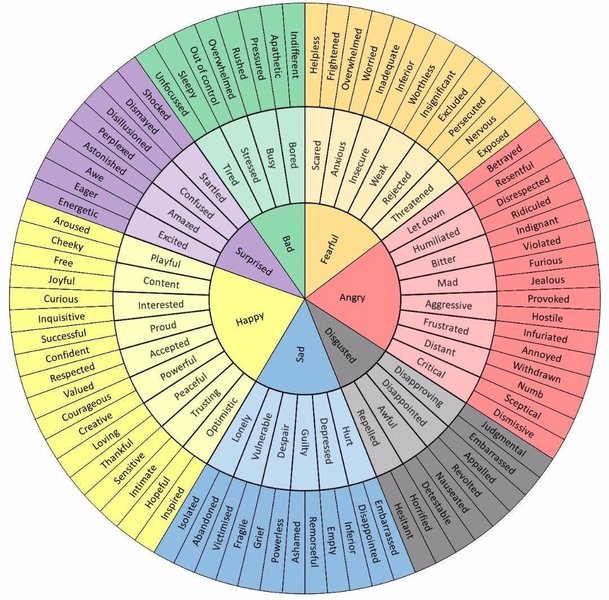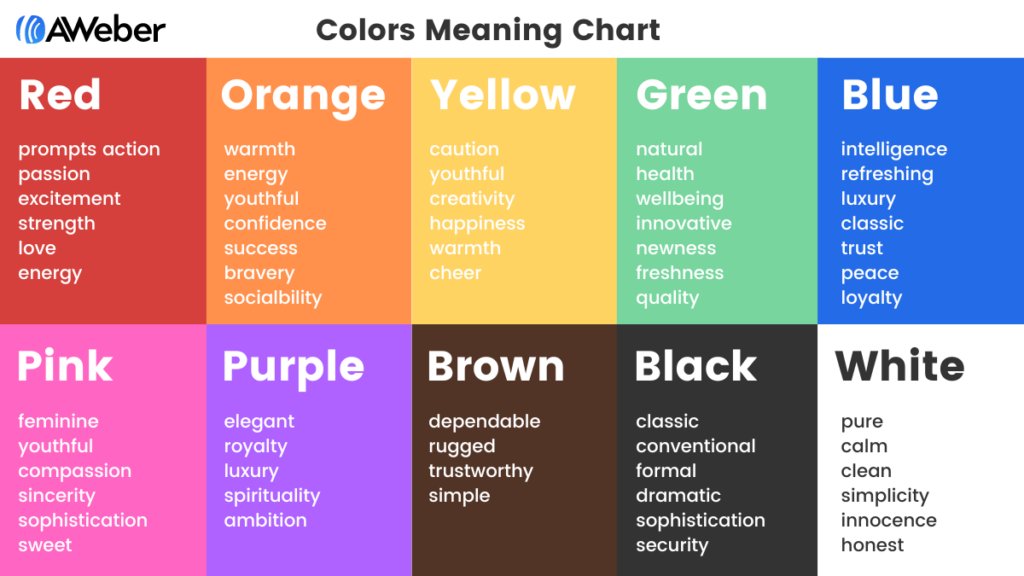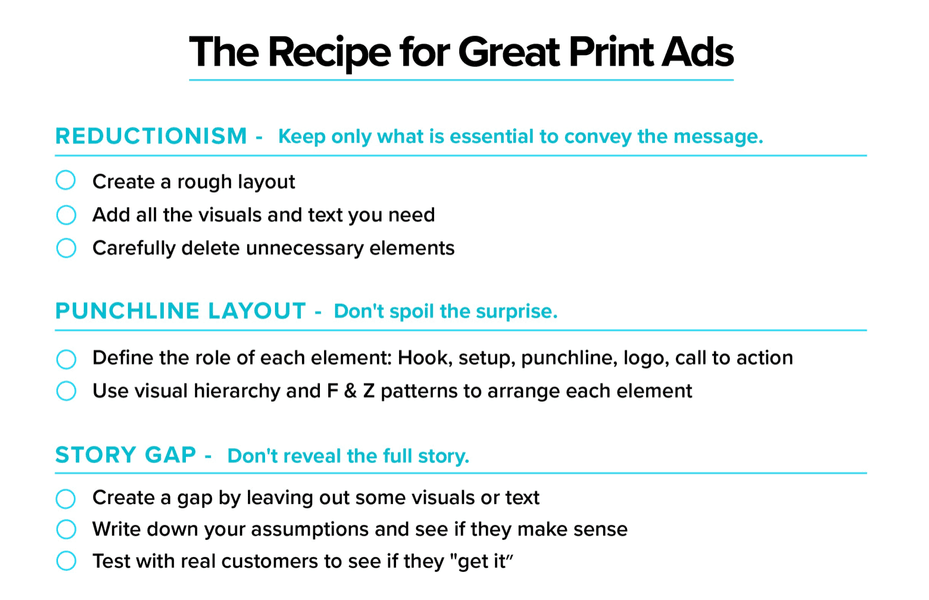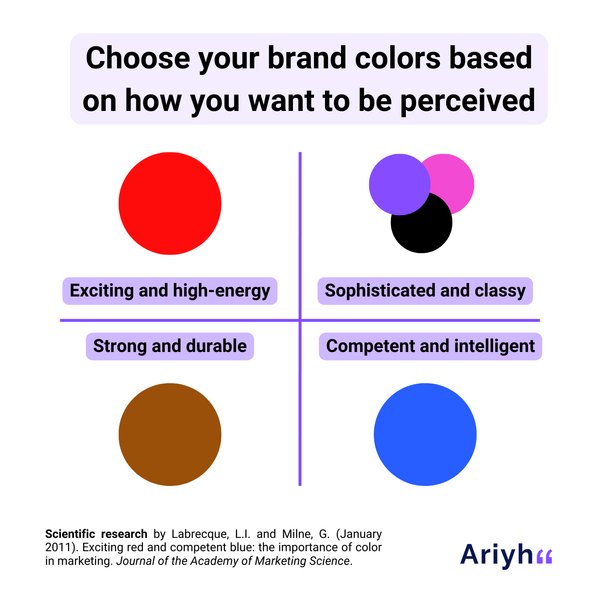Marketing

Plutchik's Wheel of Emotions


The Recipe for Great Print Ads
Airtable | Everyone's app platform
airtable.com
100+ AI Marketing Prompts

Layout Scanning Patterns
Catalytic Value in Marketing refers to experiences or content that fundamentally shift customers' understanding of their needs and empower them to take confident, commercially productive actions. This approach focuses on creating self-discovery, self-reflection, agency, and affirmation to drive measurable business outcomes23.
Key Characteristics of
... See more
Choose Brand Colors Based on How You Want to Be Perceived
The Ecom Edge Ep 06 by Because
mail.google.comRetention isn’t about complicated tech stacks—it’s about showing up consistently, personally, and meaningfully.
Here’s how any brand can start today:
✅ 1. Say Their Name in Email & SMS Use simple merge tags in Klaviyo or Attentive to greet customers by name. Examples:
“Hey , we’ve got something new for you.”
“, your favorites just restocked.”
🧠 Why it works: Personalized messages get opened and clicked more. People like seeing their own name—it’s science.
✅ 2. Show Love for Repeat Purchasers In your order confirmation emails or flows, include a line like:
“This is your 3rd order—thank you for being part of our journey.” You can create a simple Klaviyo flow split by # of orders, or just write multiple blocks for 1st-time vs. repeat customers.
🎁 Bonus: Add a small discount or free shipping code for their next order if they hit a milestone.
✅ 3. Use Product-Specific Follow-Ups Send an email 10–30 days after a purchase with a message like:
“Still enjoying your [Product Name]? Here’s how other customers are using it.” Include review quotes, UGC, or a cross-sell product.
📧 Bonus: Drop in a restock reminder or offer a reorder with 1 click.
✅ 4. Make Your Thank You Pages Work Harder Use Shopify’s basic thank you page to:
Invite them to join your SMS list
Offer a discount for sharing a photo or leaving a review
Link to a “how to use your product” blog or video
🧠 Pro Tip: Even without dev help, this is high-intent real estate that often gets ignored.
✅ 5. Celebrate Small Milestones in Plain Text Send a simple, non-promotional email that says:
“You’ve been with us for 1 year—thank you.” “You placed your 5th order. We noticed. 🖤”
No flows needed—just a calendar reminder and a CSV export. It’s the message that matters.
✅ 6. Create a “Welcome Back” Moment On-Site Can’t dynamically show names? Use Shopify’s announcement bar or homepage text to say:
“Welcome back to our OGs—loyal customers get 10% off with code STAYLOYAL.” Rotate it monthly. Keep it feeling exclusive.
📦 You could also: Add this to the order packing slip with a handwritten note or sticker.
✅ 7. Cross-Sell Thoughtfully in Order Confirmations Instead of upselling at checkout (when people have buyer hesitation), try the confirmation email:
“Here’s what most customers add to their next order…” Use Shopify product links or a product block in Klaviyo—no logic or dev work required.
🎯 Just be human. Think: helpful friend, not pushy salesperson.
💡 Pro Tip: Retention Is a Feeling
You don’t need a custom-coded experience to build customer love. You just need to:
Notice them • Thank them • Make it east to come back
Your customer shouldn’t have to guess if you appreciate them.
They should feel it—on the homepage, in the cart, and in every post-purchase interaction.
Website personalization is about creating micro-moments that show your customer:
“You matter. And we remembered you.”
How to Build a Simple Creative Framework
Start With a Trigger Bank: Collect real language: frustrations, objections, hooks. Cluster them by emotion (shame, friction, urgency, relief). These drive angle direction.
Map to Awareness Stage: Label each concept by where it sits in the buyer journey.
Unaware = story
Problem aware = agitation
Product aware =